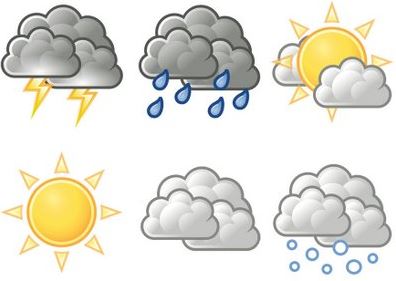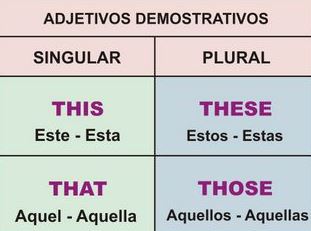
We dream of educating our children in the best possible way, to make them balanced and independent and to give them all the keys to blossom in their future life. To help them grow up and become happy adults themselves, it is up to you, the parents, to educate them as much as to love them.
Setting limits for your child to help him or her develop
Although children need to be reassured and encouraged, they also need to be confronted with many limits. Accepting frustration is an essential step for them. With the use of "no" from an early age, the child learns the reality of life and integrates the basics of social rhythms, sharing, relationships with other children but also with adults and becomes aware of his place within the family.
Parents must therefore become guarantors of reality, and keep their place as adults and not as accomplices with the child. While taking into account the child's character, it is their duty to push him or her in a direction that corresponds to him or her, while instilling in him or her the values that are indispensable for life in the community.
The importance of family life for the happiness of children
It is also essential not to sacrifice the couple by giving too much space to the child. For the child to be happy, the parental model must also be happy. It is therefore important for the couple to give themselves time together and not let the children impose their rhythm at home. The family pattern: adults versus children must be clear and respected.
But it does not stop there. In order for them to blossom and therefore to be happy, children need to share moments of joy with their loved ones. Through outings, games or moments of complicity with his parents, he creates anchors to which he can unconsciously cling later. The same applies to meals. By taking part in the family dinner, the child creates reference points and offers himself moments of privileged dialogue necessary for his emotional balance.
Learning to understand your child's emotions to make them happy
Feelings and sentiments are emotional storms for adults and even more so for children. But unlike their parents, children do not know how to step back from their own emotions. It is therefore your role to help them understand and control their emotions. By taking the time to communicate and reassure them, you can help them tame their emotions and get to know themselves better. With simple questions such as "Are you sad or angry?", "Do you know why, or what triggered your reaction?
From now on, they understand and recognise their emotions and adapt to their environment. In a word, he opens up to the world around him. Impulses are better controlled, frustration is tolerated and the child feels better.
Acting calmly, and reassuring your child to help them be happy
With huge upheavals in their bodies and minds, children, especially very young ones, are particularly sensitive to the tone you use and the stress you can communicate to them. Raising your voice to defuse a difficult situation is counterproductive and will only aggravate the situation and generate useless and harmful anxiety in the child, which will remain in the child's subconscious for a long time. The best way to deal with a tantrum is to remain calm and firm in your attitude while explaining why you will not give in. Limits can be set gently and allow the child to integrate the basics that are essential to his future happiness.
If he is afraid, and even if the cause of his anxiety seems silly to you, do not scold him and take it seriously. You need to be benevolent to allow him to set up his emotional and rational neural circuitry in the best possible way.
The child, and even more so the very young child, is a real sponge for the different feelings he or she has, but also for those of his or her parents. To help them master these feelings and integrate into their new environment, they need serene and confident parents who will teach them to become fulfilled and balanced adults.
You may also like to read / También te puede interesar leer
Adblock test (Why?)





